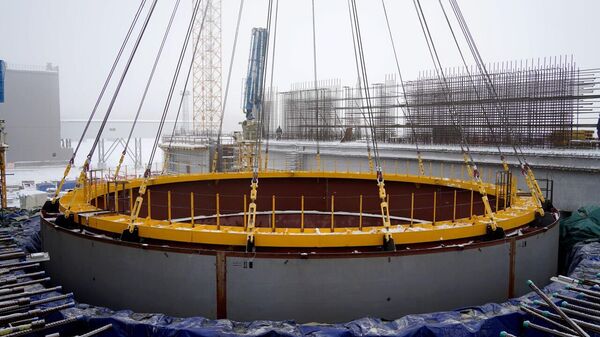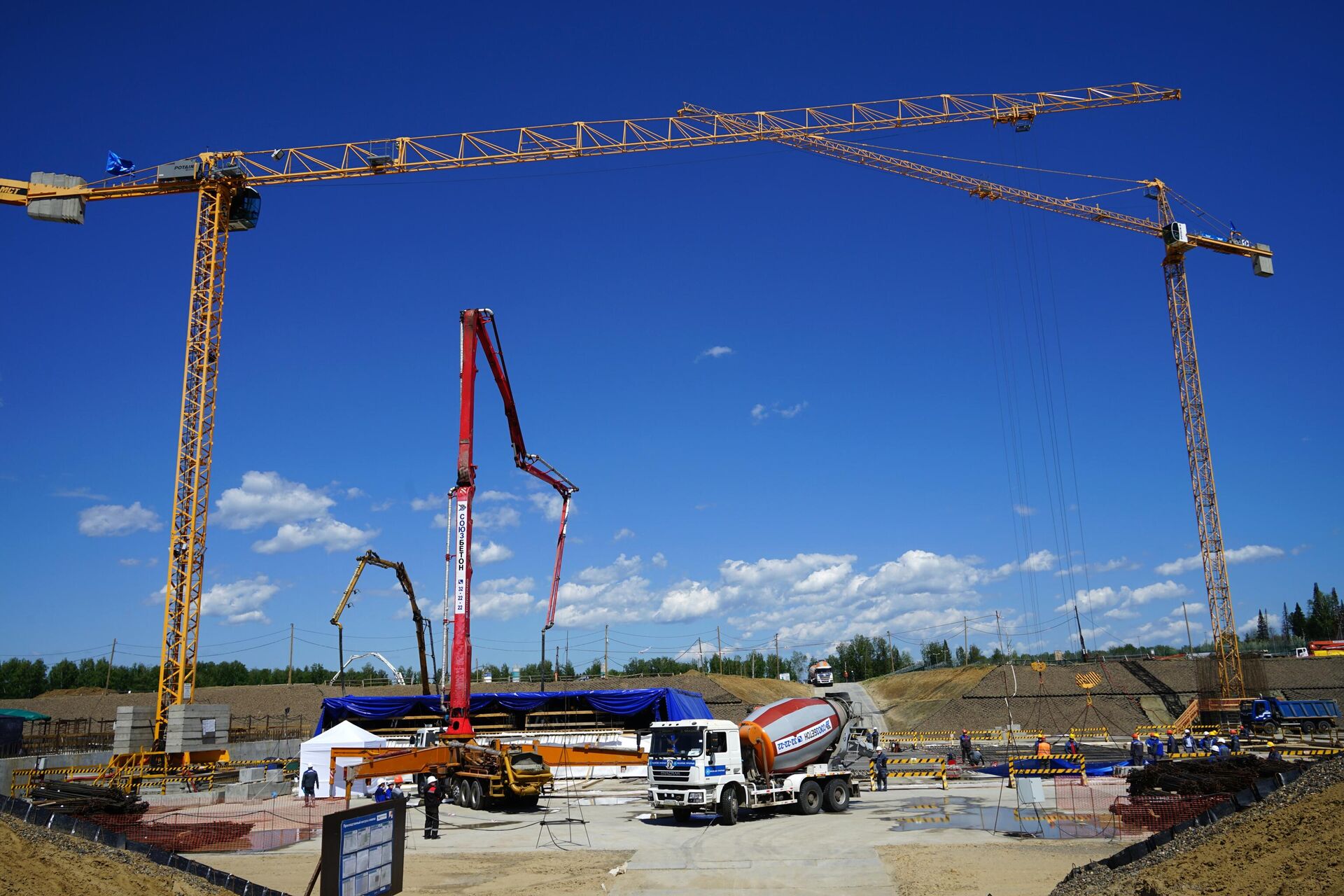
MOSCOW, January 25, Tatyana Pichugina.In the city of Seversk, Tomsk Region, Rosatom has begun installing the BREST-OD-300 fast neutron installation, which will make it possible to implement a closed fuel cycle at nuclear power plants. A number of features, including lead coolant, make this reactor unique. Scientists believe that its launch will usher in a new era in energy.
Neutrons are slow and fast
The abbreviation OD means experimental demonstration.
“This is an important clarification. The reactor must demonstrate operability. If it is possible to achieve the planned characteristics, this will be a step into the energy sector of the future,” explains Georgiy Tikhomirov, Deputy Director of the Institute of Nuclear Physics and Technology of the National Research Nuclear University MEPhI, Doctor of Physical and Mathematical Sciences.
Chain reactions in nuclear energy are triggered by neutrons produced during the fission of heavy nuclei. In operating reactors, high-energy neutrons, called fast, are specially slowed down. The reaction is supported by slow, or thermal, neutrons. The fuel, as a rule, is enriched uranium with a high content of the 235U isotope.
“Already at the dawn of nuclear energy, the question arose about expanding the fuel base in order to use all isotopes of mined uranium, and not just uranium-235, whose reserves are limited. The idea of a fast neutron reactor arose, in which it is possible to reproduce fuel and involve a uranium isotope in the work -238. This expands the fuel base a hundred times,” says the scientist.
Building a reactor with fast neutrons is more difficult than with thermal ones. There are only a few of these in the world. Two large units are at the Beloyarsk NPP in Russia, one small one is in China, and several more are being built in different countries.
Lead coolant
In general terms, the process of generating electricity at a nuclear power plant looks like this. A chain reaction occurs in the reactor core, releasing a large amount of heat. The coolant heats up to a high temperature and evaporates the water in the steam generator. The steam turns turbines that generate electricity.
In the fast neutron reactors BN-600 and BN-800 at the Beloyarsk NPP, the coolant is liquid sodium. It has a number of disadvantages, notes Georgy Tikhomirov. In particular, it interacts aggressively with air and water, which is why it is necessary to build three circuits. The alternative is lead. BREST-OD-300 is the first reactor in the world with such a coolant (not counting boat reactors on lead-bismuth eutectic).
«When starting the reactor, lead must be carefully melted, for example, electrically. Then the liquid state will maintain the energy release in an active state zone,» says the scientist.
In addition, denser fuel will be loaded into the reactor — a mixture of uranium and plutonium nitrides instead of the usual uranium dioxide.
“Another feature is the integral layout. The heat exchangers are located in the same housing with the active zone, which makes the installation more compact and reliable,” adds the professor.
Natural safety
The international nuclear energy community identifies six promising types of fourth-generation plants, including fast neutron reactors.
«They are designed on the principles of inherent, or natural, safety. This means that under any circumstances there should not be serious accidents,” emphasizes Georgy Tikhomirov.
The world is still wary of nuclear energy. The accidents at the Chernobyl nuclear power plant in the USSR in 1986 and Fukushima-1 in Japan in 2011 are memorable.
“Any accident forces us to analyze the causes and move nuclear energy forward. After Chernobyl, experts at the IAEA formulated principles for the safe operation of nuclear power plants. Then they were revised taking into account Fukushima-1. Today, all nuclear power plants are designed on this basis,” the physicist points out.
Every technical device carries risks, but for nuclear power plants they are minimized, Tikhomirov insists. And in the last ten years there have been no serious incidents in the industry.
“Many accidents led to melting of the core due to loss of coolant. Lead and the integrated layout of the BREST-OD-300 practically eliminate this,” says the scientist.
The launch of BREST-OD-300 is scheduled for 2026. First of all, the installation must, in principle, demonstrate operability. Achieving the planned characteristics will be a colossal success. But that’s not all.
The experimental demonstration complex, in addition to the reactor, includes a fuel fabrication module and a fuel reprocessing module. This will make it possible to implement a closed nuclear fuel cycle.
“Electricity generation is important, but it is even more important to demonstrate that reprocessing and re-return of fuel to the reactor is possible within the same site,” explains Professor Tikhomirov.
BREST -OD-300 is a prototype of reactors for nuclear power plants of the future, more economical, safer, with a minimum of radioactive waste. Some experts even consider them as renewable energy sources.
November 21, 2022, 08:00























































Свежие комментарии